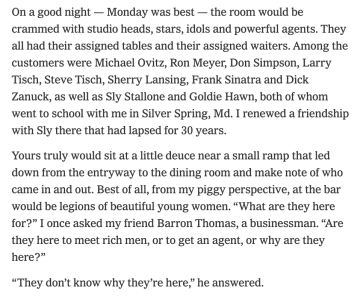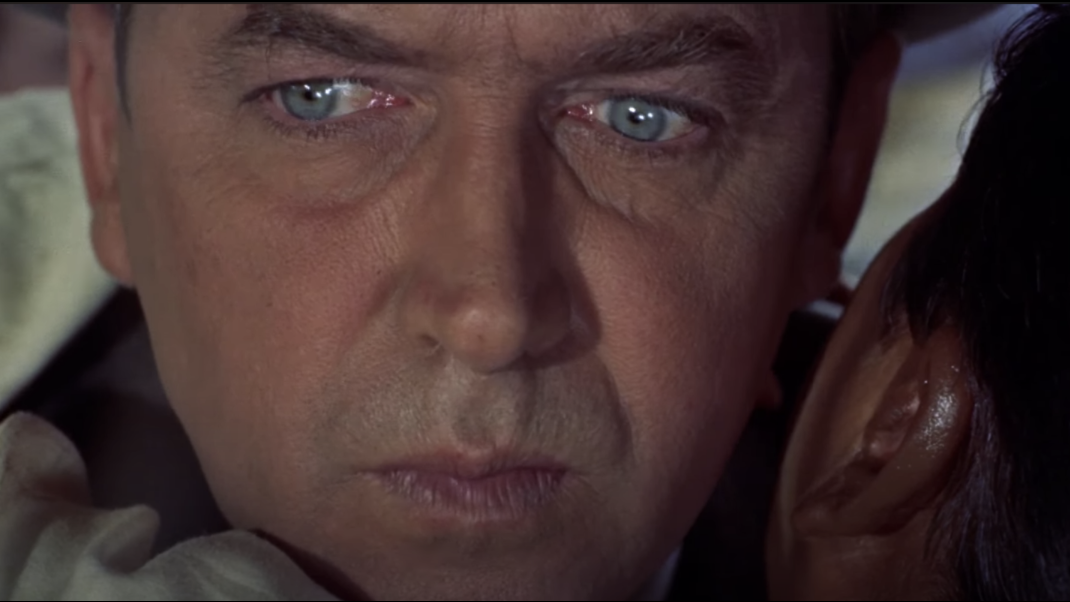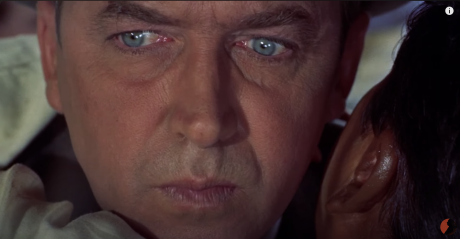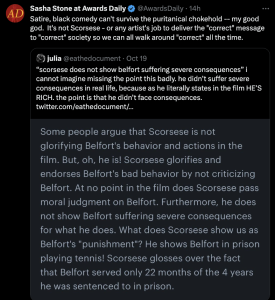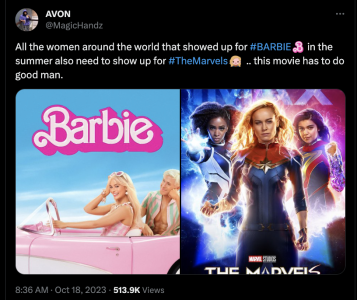I’ve just been told that if I want to potentially buffer my image as a moderate-minded fellow and not sink any deeper into the sinkhole of suspected racism, I need to ease up on my tortured reactions to Killers of the Flower Moon. In short, get with the program or you’ll be bitch-slapped and condemned as Hollywood’s David Duke.
And as a bonus, I’ve been told, while I’m carving up Killers of the Flower Moon, I’ll be hurting The Holdovers in the bargain!
What the fuck are these benign buzzards and gargoyles talking about? What have my divided reactions to a well-produced but clearly problematic, difficult-to-sit-through-a-second-time film about a century-old case of native Oklahoma genocide…how does that make me a racist?
Does everyone understand what woke-fingered demons these guys are? If they don’t like your opinions they’ll throw “R” spears at you in order to give you pause or perhaps even kill you outright. This is the stinking, steaming social cauldron in which we live.

It started with an assessment of my piece on Armond White’s negative review of Scorsese’s film.
HOOVES AND POINTED TAIL: “The fact that Armond’s a Black man gives you some welcome cover here, of course. You must realize, however, that he is also a Black Trump supporter. Which places him pretty close to that guy in Sam Fuller‘s Shock Corridor. You know, the Black inmate who put on Klan robes.”
HE: “Armond’s Trump thing is insane.”
HOOVES AND POINTED TAIL: “The Trump thing is who he is; it seeps into everything he writes. He owns it. So do what you will. You’re gonna try to kill this movie for the next…God, three or four months. But you won’t be able to. And The Holdovers will suffer as a result, because you’re gonna look so much like David Duke while you stomp on Scorsese that people won’t trust your positive recommendations. It’s a shame. And I know you don’t wanna hear this but it’s the truth.”
HE: “‘David Duke’? Maybe in the politically correct, culturally intimidated film elite wussy world that you and others live in, but otherwise that’s ridiculous and flat-out offensive. That’s bad comedy. My mixed feelings about Killers of the Flower Moon are about leaden pacing and poor dramaturgy, and my issues with Lily Gladstone…look, she’s a fine actress and is better-than-decent in the film but everyone knows she doesn’t really deliver Oscar-level chops, and that her handlers are using her identity as a passport to Best Actress contention.”
HOOVES AND POINTED TAIL: “As you have to be aware by now, some folks already see you that way, whether you think it’s ridiculous or not. Just keep putting the pedal to the metal and watch the pushback you get. Consider this observation a friendly word of caution.”
HE: “‘Some folks already see me that way’? Is there any chance these folks are descendants of ’50s-era Hollywood predators who warned Carl Foreman, Dalton Trumbo and Jules Dassin to modify their HUAC testimony, give their industry profile a buff-and-polish and re-think their political persuasions? We’re living in a wicked, wicked world, man….and deep down the truly foul players know who they are. I spit on their insinuations.”
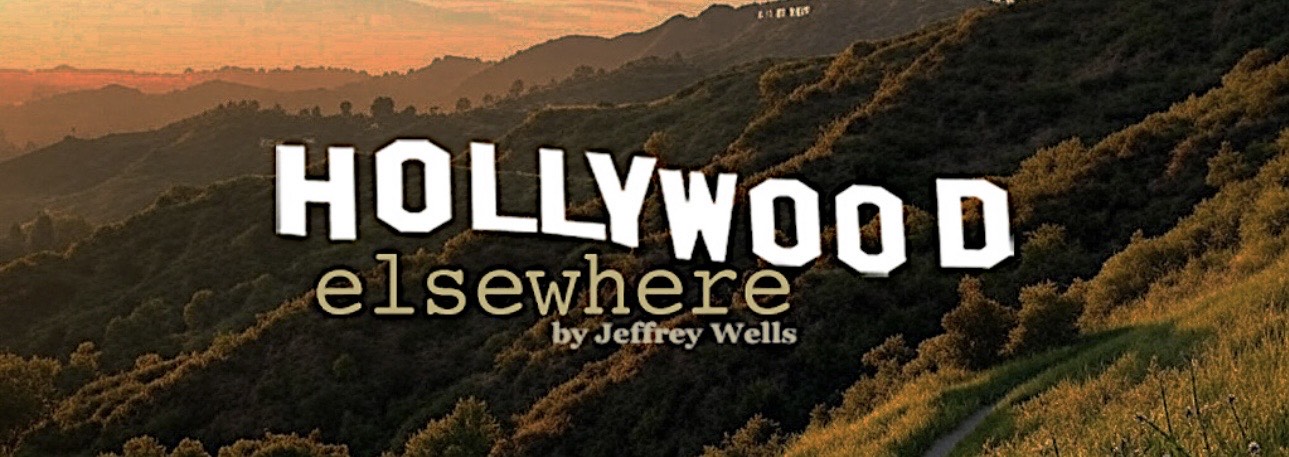

 / >
/ >